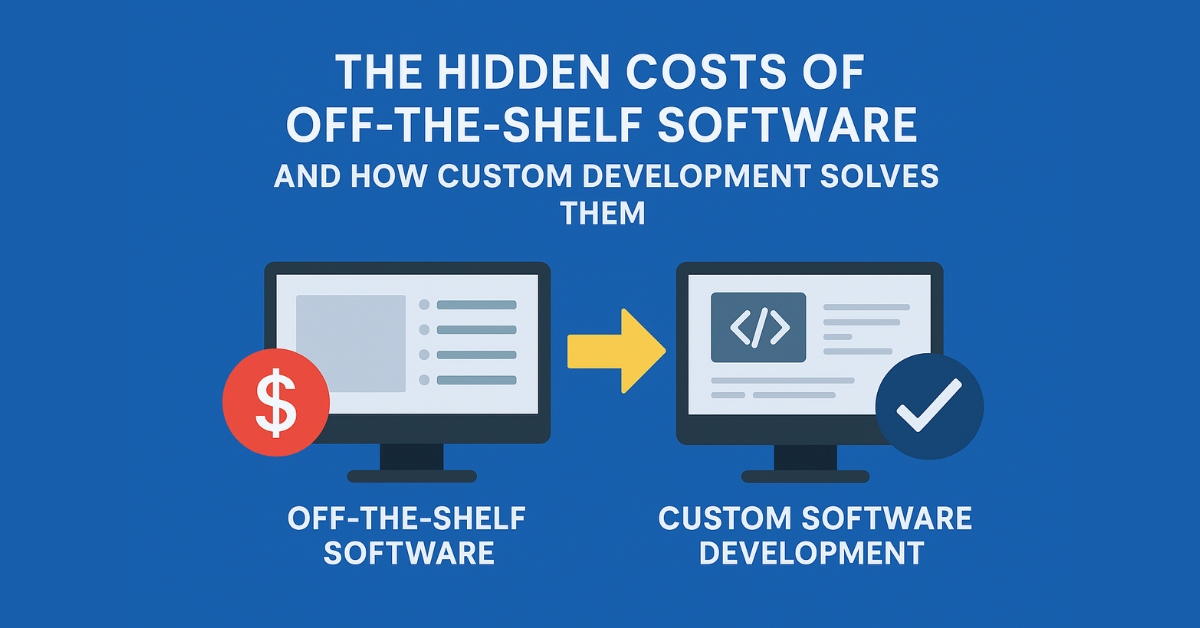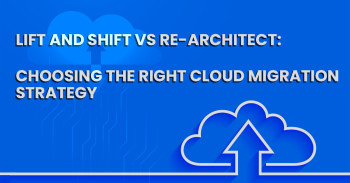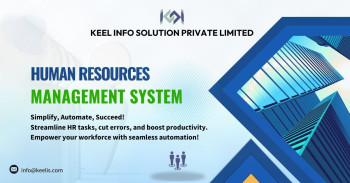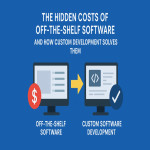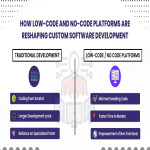At first glance, off-the-shelf software seems like a
no-brainer. It’s affordable, quick to deploy and ready to use from day one.
For many businesses, it feels like the fastest path to digital transformation.
But here’s the catch — what looks convenient at first can become a long-term liability. Hidden costs, rigid features and lack of flexibility often leave companies paying more than they expected — not just in money, but in lost efficiency and missed opportunities.
In this post, we’ll uncover the real costs behind off-the-shelf systems and show how custom software development gives your business the control, scalability and performance it truly needs.
Why Off-the-Shelf Software Seems Like the Easy Choice
Off-the-shelf software (or ready-made solutions) are
pre-packaged tools designed to serve a wide range of users. Whether it’s operations
software, a product management tool, or a general software system,
these platforms promise simplicity — install, configure and go.
And to be fair, that’s part of their appeal. For startups or
small teams with standard workflows, off-the-shelf software can be a quick fix.
But the truth is, every business is unique. As you grow, your business processes, integrations and customer needs become more complex — and that’s when off-the-shelf solutions start to show their cracks.
The Hidden Costs Lurking Behind Off-the-Shelf Software
The upfront price might look attractive, but the real cost
of off-the-shelf software lies beneath the surface. Let’s break down the most
common pitfalls.
1. Ongoing Licensing and Subscription Fees
Most off-the-shelf platforms charge per user or per month.
As your team expands, those fees snowball. Over a few years, you might find
yourself spending far more than if you had invested in custom software
development.
2. Poor Fit for Your Business Processes
Off-the-shelf tools are built for the masses, not your
specific operations. That often means forcing your team to adapt to the
software — instead of the software adapting to you. This leads to
inefficiencies, frustration and wasted time.
3. Limited Integration with Existing Systems
Your software and systems need to work together — CRM, ERP, finance, inventory, marketing — all of it. Unfortunately, many off-the-shelf solutions don’t play nicely with others, resulting in disjointed data and manual workarounds.
4. Security and Data Ownership Risks
When you use third-party software, you don’t control the source code. That means you’re at the mercy of another company’s security updates, compliance policies and pricing decisions. Not ideal if you handle sensitive data or operate in a regulated industry.
5. Lost Productivity and Hidden Downtime
The biggest hidden cost isn’t on your balance sheet — it’s in lost time. When your systems don’t align with how your team works, productivity dips and customer satisfaction suffers.
How Custom Software Development Fixes All That
This is where custom software shines. Instead of squeezing your business into someone else’s mold, you get a tailored solution designed around your exact needs.
Here’s how custom software development services solve
the problems that off-the-shelf software creates.
1. Built Around Your Business
Your company has unique goals, workflows and challenges. Custom
software development ensures your solution fits perfectly — streamlining business
processes and boosting team productivity.
2. You Own the Source Code (and Your Future)
With custom software, you own the source code.
That means you control how it evolves, when it’s updated and how it integrates
with your software systems. No vendor lock-in. No surprise fees.
3. Seamless Integration Across All Systems
A great custom software development company builds
technology that connects seamlessly with your existing operations software,
databases and third-party tools — creating one unified system that works for
everyone.
4. Stronger Security and Compliance
Custom-built software solutions can be tailored to
meet your industry’s exact security and compliance standards, protecting
sensitive data while maintaining trust with your customers.
5. Smarter Long-Term Investment
Yes, custom development requires a higher upfront investment — but it pays off fast. No monthly licenses, no add-on costs, no productivity drains. Just software that grows with your business and delivers real ROI.
When Custom Software Makes the Most Sense
You should consider custom software development if:
- Your
workflows are complex or don’t fit generic tools.
- You
manage sensitive data or have strict compliance needs.
- You
need to integrate multiple software systems.
- You
want a long-term technology partner, not just a quick fix.
If that sounds like you, it’s time to think beyond “off-the-shelf.”
The Competitive Advantage of Custom Software
Forward-thinking companies know that technology solutions
shouldn’t limit growth — they should accelerate it. By partnering with
experienced software development companies, you can build custom systems
that enhance efficiency, improve customer experience and scale
effortlessly as your business grows.
In other words, custom software turns technology into your competitive edge — not a recurring cost.
Final Thoughts
Off-the-shelf software might be convenient in the
short term, but it rarely holds up as your business evolves. The hidden costs —
licensing, inefficiency, security risks — eventually outweigh the initial
savings.
Choosing custom software development gives you full control, better performance and the freedom to innovate without limits. It’s not just a software decision — it’s a strategic investment in your company’s future.
